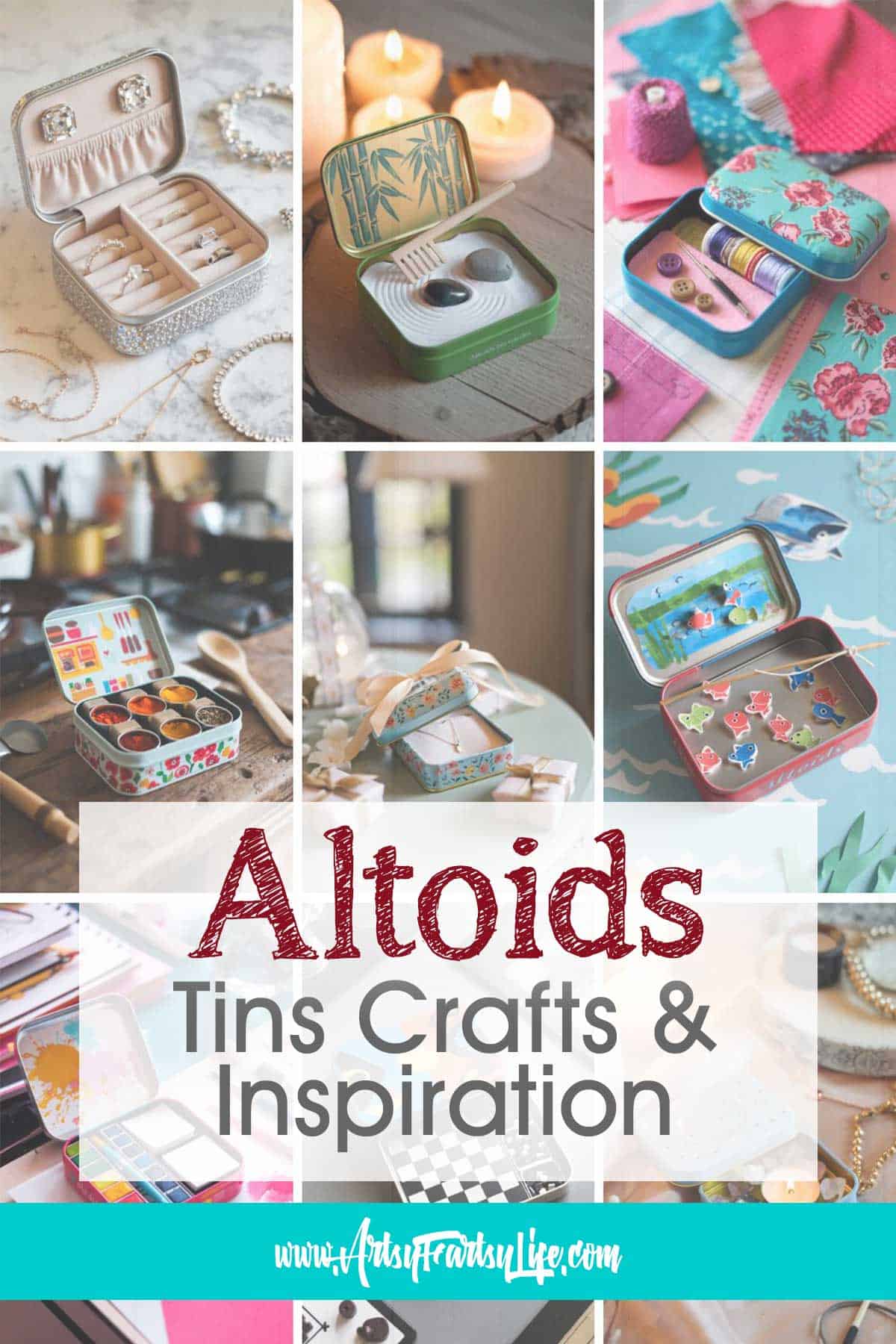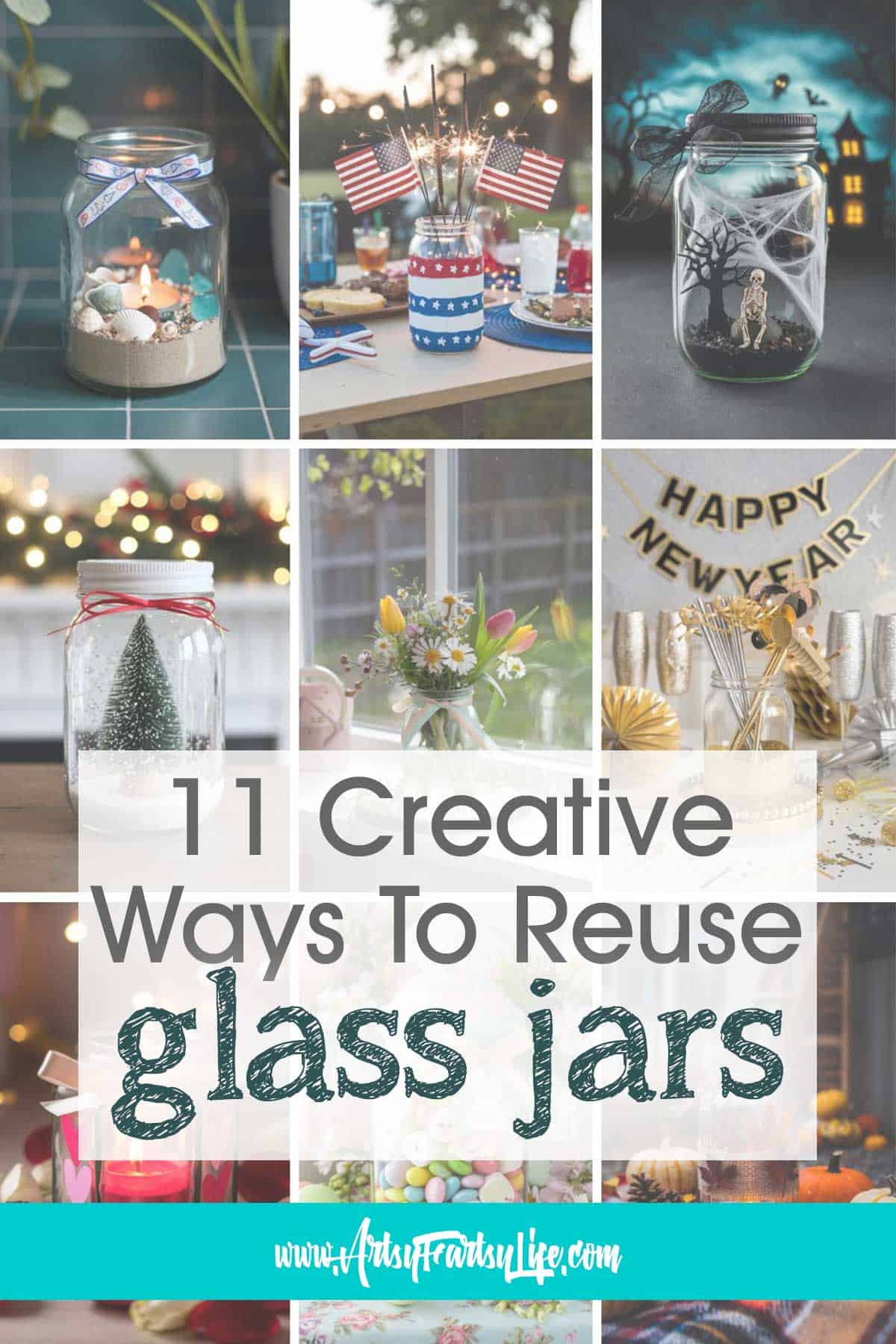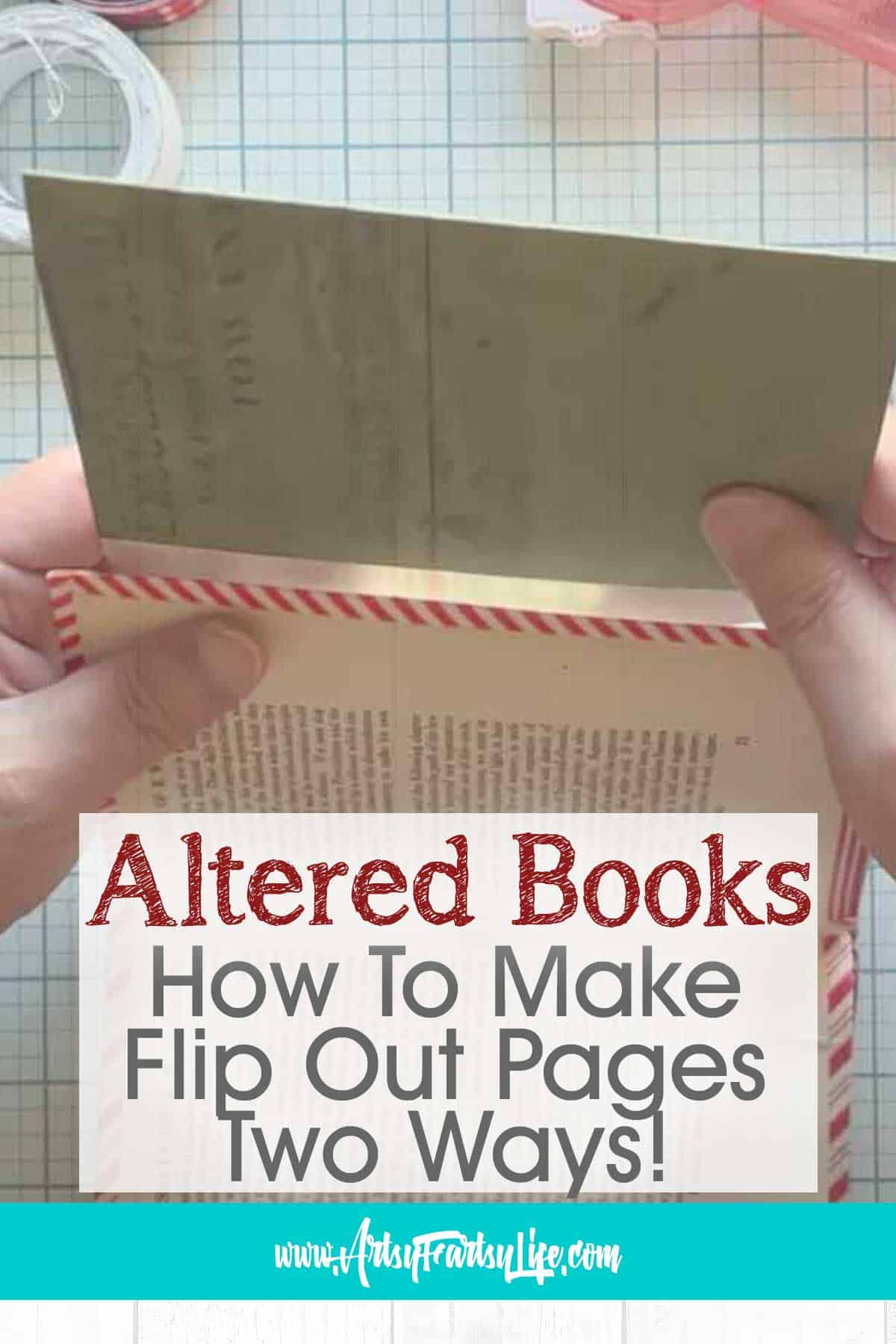I know that equal parts of red and yellow make orange, but what KIND of orange are you trying to make? Bronze or rust, apricot or salmon. So really, how you make orange?
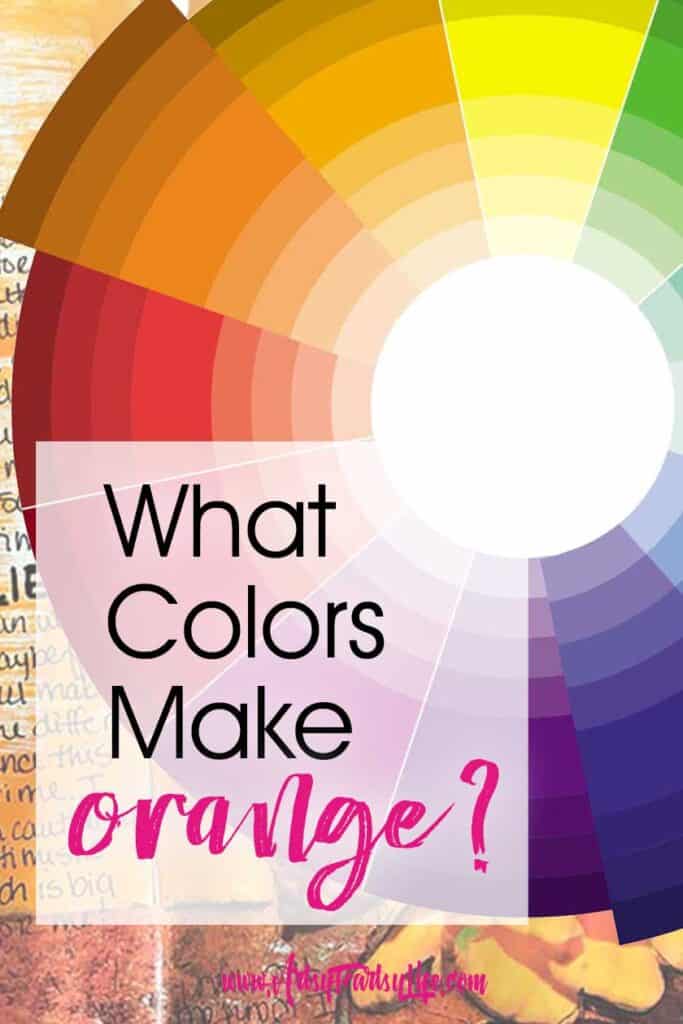
While I am working on my junk journal pages I frequently want to make a color for a background that I might not have exactly in acrylic paint! For This page I was wanting an orange-is color, but with a little more yellow in it!
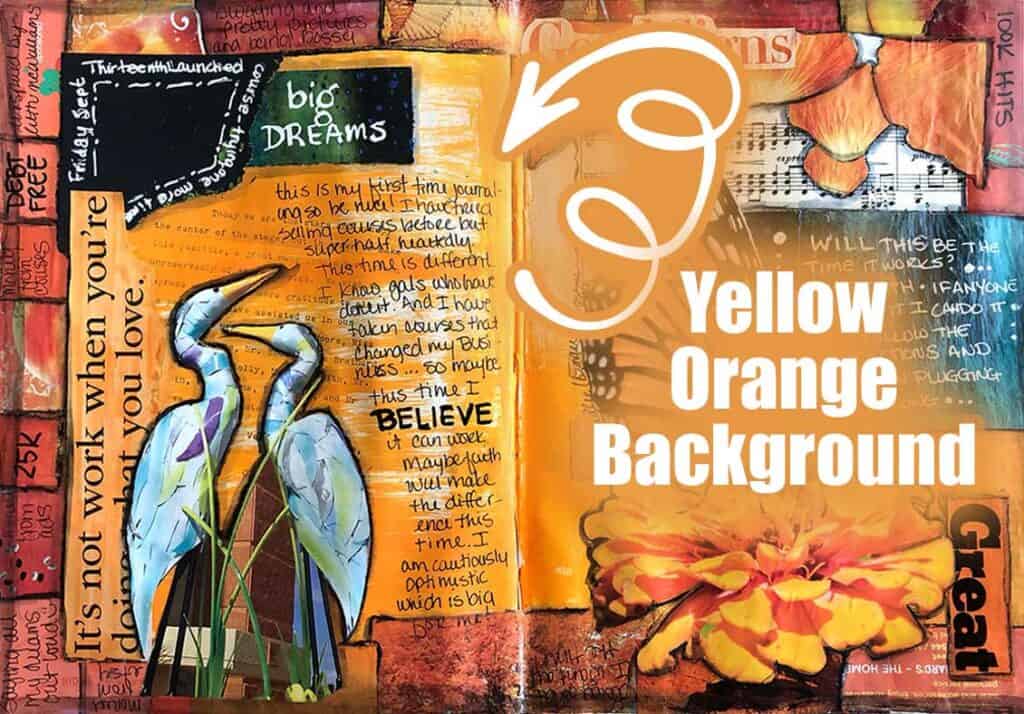
I love how behind the birds it is more of a true orange, but closer to the middle it more of a goldenrod color! And there are all different kinds of orange around the outside.
Additional Resources: How To Make Purple & How To Make Green
Tints and Shades
But before we get to making the color orange, let’s talk a wee bit about tint and shades which are made by adding white or black. Tints are made by adding white to your color. And shades are made by adding black to a color.
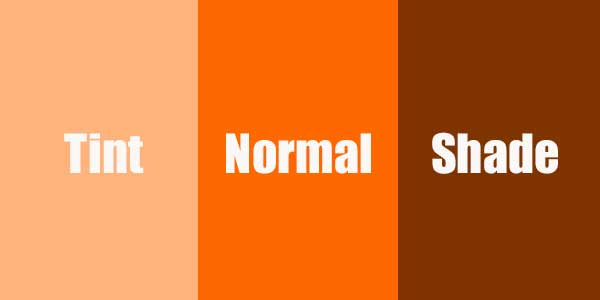
You can make a tone by adding both black and white, but you will wind up with a muddy looking color so I don’t do that all that often.
As you can see here, adding white to orange makes a creamsicle color, but without the vibrancy of salmon. Adding black gets us pretty darn close to bronze or rust, without having to mix in any other colors.
It is sometimes worth adding a little black or a little white to your orange to see if you get a neat color for shading or highlighting your work.

How To Mix Orange In Paints Dyes or Markers
As I said, I love color theory and I am a graphic artist by trade, but I still find it frustrating that there are only computer descriptions of colors and not an easy, in “plain English” way to know how to mix all the different orange colors.
Here how I came up with these orange descriptions… I found a Hex color (computer numbers) that matched the color, then looked up the CMYK (cyan, magenta, yellow and black), and found the RGB versions (red, green, blue).
Since that is not all that helpful for “normal” people I added a description of what that actually means after the technical versions!
Orange is a secondary color so true orange is made by mixing yellow and orange, two primary colors.
If you do want to know the actual hexadecimal (computer numbers) for orange, I thought this was a good guide!
How To Make Orange Color

Orange
Hex # FC6600
252% Red, 102% Green, 0% Blue
To make this color orange mix red and yellow equally
How To Make Bronze Color

Bronze
Hex #B1560F
177% Yellow, 86% Red, 15% Blue, Tiny bit of black
This color bronze is half yellow, then more red than blue and small amounts of black
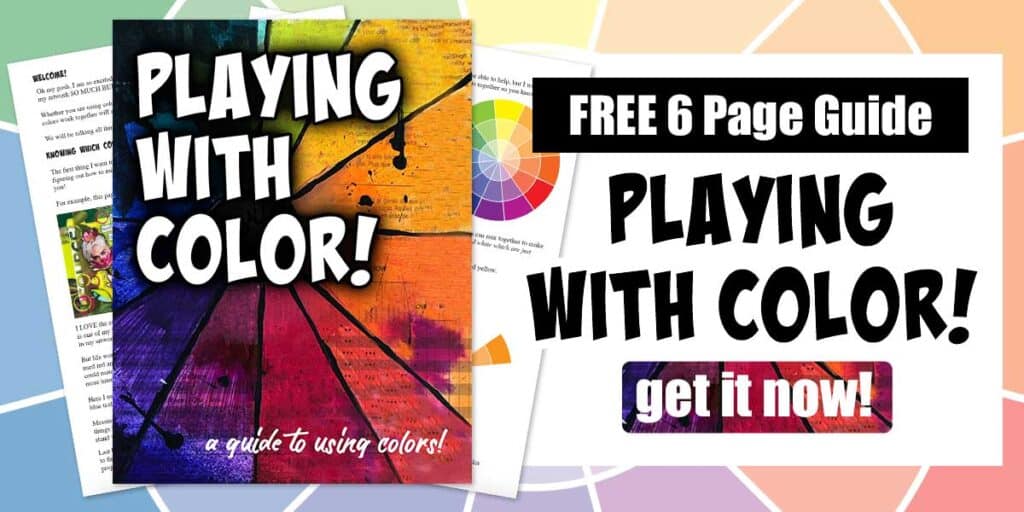
How To Make Rust Color

Rust
Hex #b7410e
183% Red and Yellow, 14% Blue, Tiny Bit of Black
This color of rust is about half yellow and red, then a little bit of blue and a tiny bit of black
How To Make Apricot Color
Apricot
Hex #EF820D
239% Yellow, 130% Red, 13% Blue
This color of apricot is ⅔ yellow, ⅓ red and a little tiny bit of blue (I found I needed to add white to get it closer to this color and lighter)
How To Make Goldenrod Color

Goldenrod
Hex # DBA520
219% Yellow, 165% Red, 32% Blue
This color of goldenrod is mostly yellow, a bit of red, about half of that in blue and pinch of black (to make it a shade)
How To Make Honey Color

Honey
Hex #EB9605
235% Yellow, 150% Red, 5% Blue
This color of honey is ⅔ yellow, ⅓ red and tiny bit of blue
How To Make Firebrick Color

Firebrick
Hex # B22222
178% Red & Yellow, 34% Blue
This color firebrick is equal parts yellow and red, a little blue and a tiny bit of black
How To Make Salmon Color

Salmon
Hex #FA8072
250% Red, 128% Yellow
This color salmon is a little more than half red and a little bit less than half yellow
Are All These Colors Really Orange?
When I was trying to find “orange” colors I didn’t want just the darker and lighter versions of orange. I wanted rusts and golden colors like honey and goldenrod that also are made from red and yellow, just with different mixes.
While technically not all “orange”, they are all colors that I would use in my orange artwork, so I say they count!
Remember when you are doing your artwork, you are the artwork, so you get to say what colors you consider in your orange palette!
Orange FAQs
Here are some of main questions I get about mixing orange!
What is a complimentary color to orange?
This color wheel is the best because it shows all the tints and shades of orange, as well as all the other colors on the wheel!
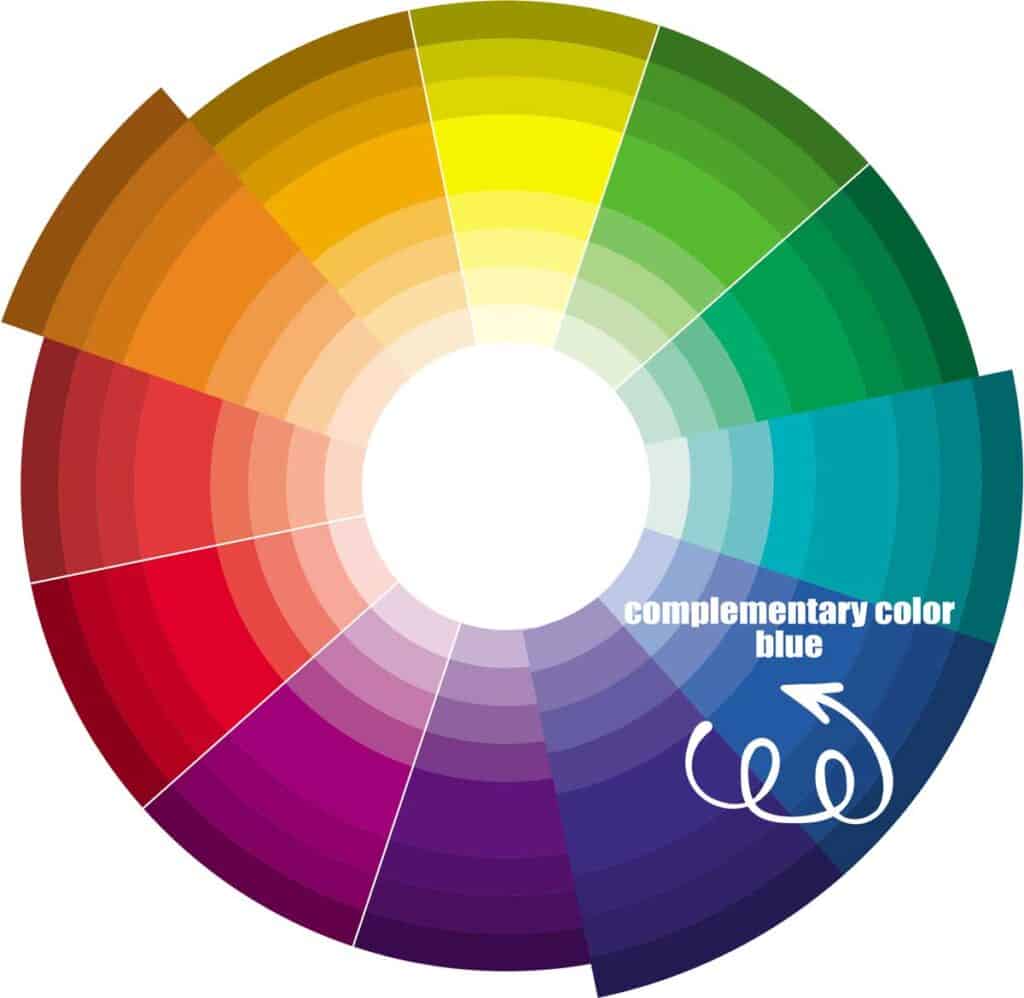
As you can see, blue is directly across the color wheel from orange, making it a complimentary color (with light blue and navy mixing the shades and tones). So yes, orange and blue go together well!
But some other colors that we call “orange” are more in the bronze or golden family, not “true orange”. So salmon would better with teal and goldenrod would look good with periwinkle (I am all up on my fancy colors now!)
Using complimentary colors in your artwork will make it super easy to achieve a pleasing color palette, which will let you play a lot more with texture and contrast than you might otherwise!
Do Orange and Purple go together?
As you can see, orange and purple are on the corners of the color wheel (also green!) Since they are so far away from each other, these colors can fight each other instead of harmonizing.
How To Make Orange

Walk through tutorial of how to make all different shades of orange from rust to salmon, apricot to goldenrod! Includes "plain English" descriptions of how to mix these colors!
Materials
- You can use any kind of paint (acrylic, watercolor, oil)
- Paintbrush to mix colors
- Containers to mix them in
Instructions
- Orange - half red and half yellow
- Bronze - half yellow, then more red than blue and a little bit of black
- Rust - half yellow and half red, then a little bit of blue and a tiny bit of black
- Apricot -⅔ yellow, ⅓ red and a little tiny bit of blue (I found I needed to add white to get it closer to this color and lighter)
- Goldenrod - mostly yellow, a bit of red, about half of that in blue and pinch of black (to make it a shade)
- Honey - ⅔ yellow, ⅓ red and tiny bit of blue
- Firebrick - half yellow, half red, a little blue and a tiny bit of black
- Salmon - a little more than half red and a little bit less than half yellow
Notes
As artists, we get to pick the colors we use in our artwork! These are a great place to start, but make sure you mix and match to make colors you like without feeling you have to follow "the rules!"
What Colors Make Orange Wrapup
I really do like making color mixing my paints by myself. You can get such a great range of oranges and have full control over the colors you have to use in your artwork!
Now get out there and mix some orange for yourself!

